We live in a world of constant innovation—the latest iPhone is out before there’s even time to break the last one, cars can drive themselves, and there are more USB port styles than can be counted on one hand. While exciting, this inundation of “new” can be equally overwhelming, especially when a favorite piece of gear goes the way of the dinosaur for no clear reason. Some products, however, outlast any fad or upgrade. ’Cause if they’re that good, there’s no sense in messing with them.
JulboCham glasses
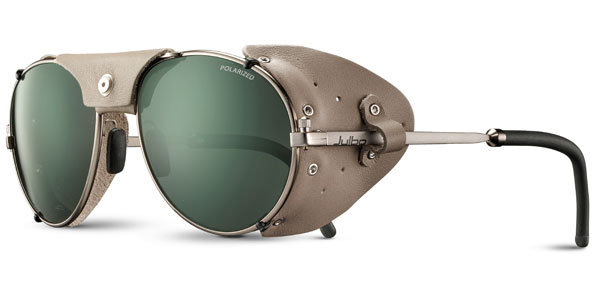
Founded in 1888 in France’s Jura region, Julbo optics were created to protect the eyes of mountain-bound crystal hunters. In 1950, Julbo released their first glacier glasses, dubbed the Vermont, intended to withstand the glare experienced while ascending 8,000-meter peaks. From that point on, the iconic look of these glacier glasses—the modern-day iteration dubbed the Cham—has been a mainstay for ski mountaineers. Unlike their Victorian-era counterparts, the Cham boasts three lens options: a polycarbonate lens, mineral lens and, for those looking for maximum protection, a polarized lens with a reflective coating to further block damaging light. Leather shields keep light from infiltrating the sides, and adjustable temple points help fit a variety of faces. $230, julbo.com
Backcountry AccessTracker S

Backcountry Access debuted their first beacon, the Tracker, in 1997 and since then, their easy-to-use transceivers have become a fan favorite for their clear, effective search technology. This year, BCA released the Tracker S that boasts signal suppression and big picture mode that allow for streamlined multiple burial searches and can also pick up all beacon signals within range and their corresponding signal readings. The S will only display the strongest signal in the regular search mode. Unlike the Tracker 3, the S no longer includes a mini USB port and motion sensor, omissions designed to decrease cost and increase ease of use. $300, backcountryaccess.com
SmartwoolMerino 250 Sport
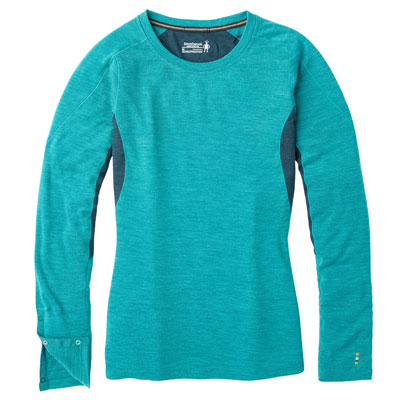
In 1994, Smartwool founders Peter and Patty Duke started their Steamboat, Colo.-based company with the goal of keeping toes warm and stink-free. Cold, smelly feet can be a tough nut to crack, especially after a long day in ski boots, but Smartwool’s use of time-tested merino wool proved to be a winning solution. Fast-forward to winter 2020, and an expanded line of layers, like the Merino 250 Sport crew, puts a modern take on an ancient fabric. The 250 Sport boasts a 56-percent merino wool/44-percent polyester blend to balance warmth and wicking, with panels of higher poly percentage beneath the arms and at the upper back to better manage moisture on sweaty ascents. $95, smartwool.com
Peanut Butter and Jelly Sandwich

Achieving perfection in life is out of reach for mere mortals, but there are infrequent glimmers of true balance that happen now and then. One such brush with divinity: the invention of the PB&J. It’s the infinitely packable, easily digestible go-to for Olympians and ski bums alike, loaded with protein and carbohydrates in a blend of flavors and textures that can keep an engine firing all day long. Like bananas? Toss them on. Raisins? Another great option. Pepperoni? Rarely included but worth a try. Sometimes it holds together, sometimes it come apart at the seams, but a PB&J tastes good no matter its shape, size or how long it’s sat in a pocket. $Priceless
Darn Tough RFL Over-The-Calf Ultra-Light
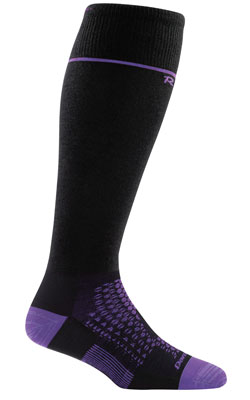
Vermont-based Darn Tough stand true to its name that claims ample sturdiness—so much so that every purchase comes with an unconditional lifetime guarantee. If you wear a hole in them, just send ’em back in exchange for a fresh pair. All Darn Tough products are made in Vermont from ethically sourced merino wool in a factory that’s been knitting socks since 1978. The RFL Over-The-Calf Ultra-Light employs the brand’s most minimal silhouette with an extra snug feel made possible by their fine-gauge knitting technique, which aims to decrease space between fibers to increase warmth while maintaining wicking properties, so your toes don’t dictate when to take a break from the slopes. $25, darntough.com
Scott Celeste III
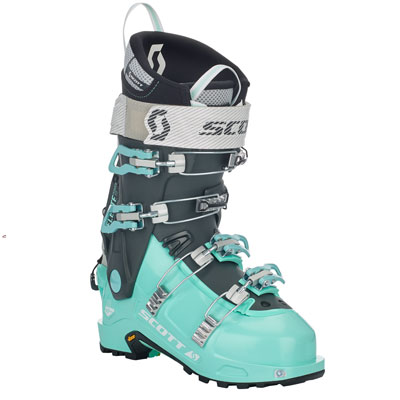
In 2013, Montebelluna, Italy-based Garmont—a mainstay name in AT and telemark boots—folded and sold its designs to Scott Sports. The transition had many questioning what would happen to the trusted features of the perennially popular ski boots, but time has demonstrated that these fears were unfounded. Since the switch, certain Scott boots have proved to be fan favorites, particularly the Celeste II, which earned Backcountry’s Editors’ Choice Award in 2015, 2016 and 2017. The Celeste III, a 2020 Gear Guide select, boasts a 120 flex and a 60-degree walk-mode range. Also of note: the 103.5 mm last accommodates a wider forefoot for added warmth and wiggle room. $630, scott-sports.com
Flylow Tough Guy Glove
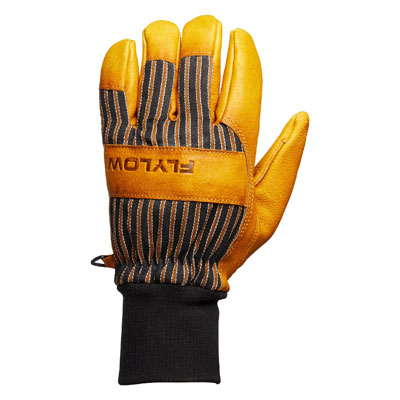
The Tough Guy, boasting a classic, workwear look, is intended for the guys and gals who fell in love with Kincos but realized that, at some point, they needed a higher level of performance to make it from bell to bell without succumbing to the cold. The Tough Guy is made with triple-baked pigskin leather on the palm and fingertips; is treated with SnoSeal wax to ward off wind and weather; and is lined with Flylow’s proprietary Spaceloft insulation to keep fingers warm. The back of the hand sports a layer of 10 oz. canvas for an old-timey look, and elastic, under-the-jacket cuffs keep stray flakes at bay. Also approved for yard work and tailgating. $40, flylowgear.com
Mystery Ranch Saddle Peak

In 1978, intrepid outdoor gear designers Dana Gleason and Renee Sippel-Baker cofounded Kletterworks, a company focused on making camera bags for adventurous photographers. Since then, the company has had numerous iterations: in 1985 it donned the name Dana Designs and in 2000 was re-envisioned under its current name, Mystery Ranch, all while keeping wintery missions in mind. The Saddle Peak retains Mystery Ranch’s signature, sturdy construction and harnessing, offering day-tripping tourers a comfortable carry made possible by the stretch-woven yoke and featuring all the essentials: an avy tool pocket, straps for diagonal ski carry and helmet carry, zippered access to the main compartment and a hydration pocket. $199, mysteryranch.com
Mountain Hardwear Trango 2
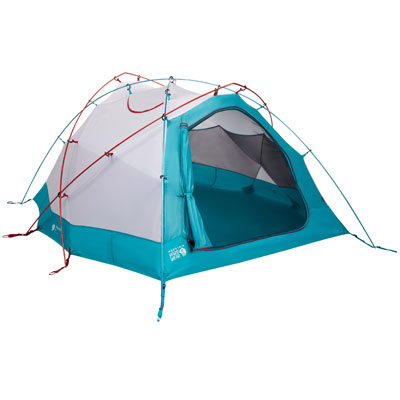
Mountain Hardwear released the four-season Trango 2 in 1995 and intended it as the go-to tent for harsh environments, from the slopes of Everest to the mountains of Patagonia. Its four-pole design with a square footprint was built for stability and durability under feet of fresh and during high-speed windstorms. The company now boasts three versions of the mainstay, with numbers corresponding to capacity— the Trango 2, 3 and 4—each with mesh doors to release condensation and shave weight, while the 70-denier nylon taffeta floor and fly keep extreme weather at bay. Large vestibules and snow flaps keep snow out and make cooking and keeping warm easy. $700 (Trango 2), $820 (Trango 3), $920 (Trango 4), mountainhardwear.com








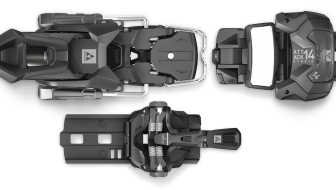

Related posts:
25th Anniversary Editor's Note: Long Train Running
The Human-Powered Evolution of Greg Hill
25th Anniversary Editor's Note: Ain't nothing to do but do it
25th Anniversary Editor's Note: Tripping Forward